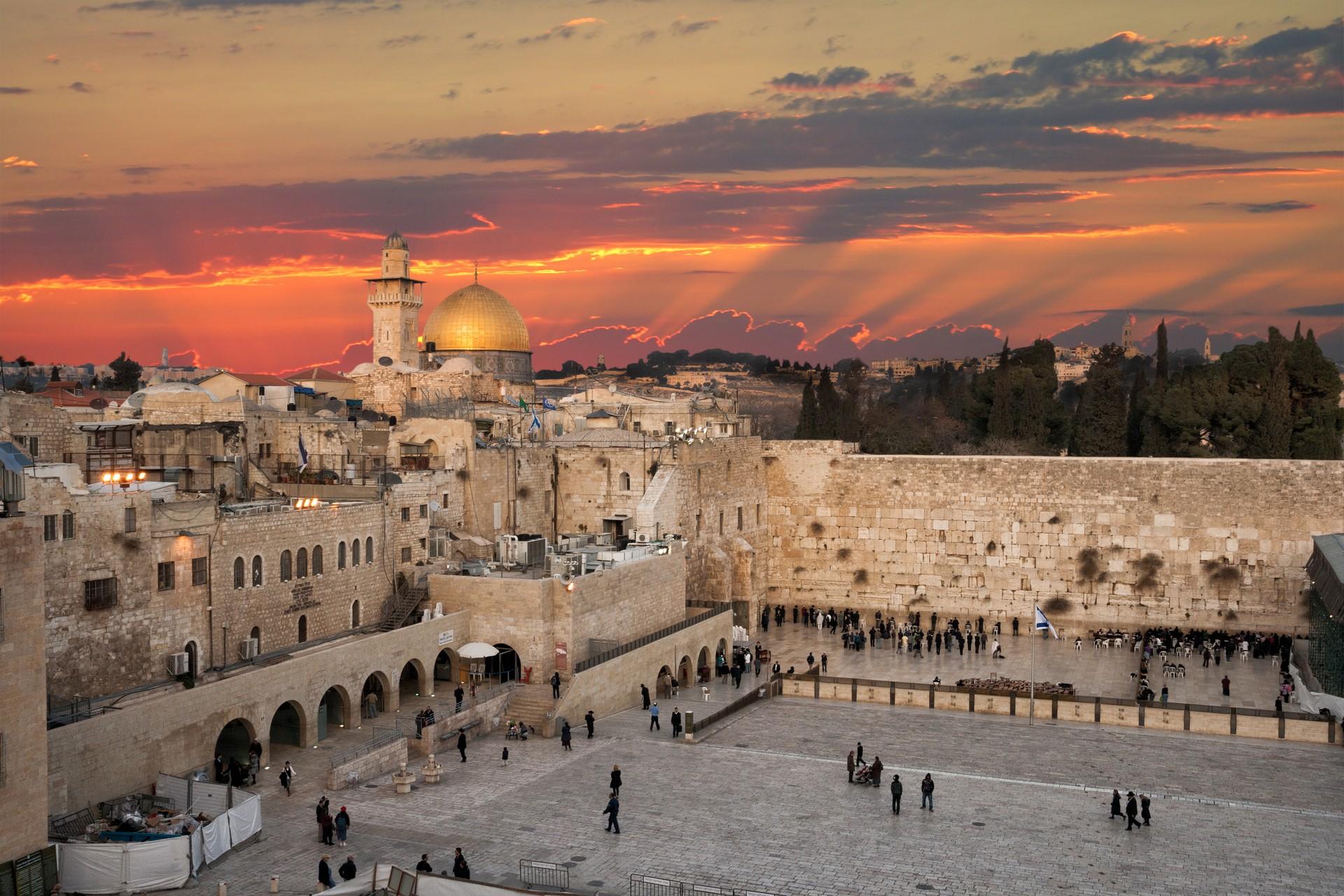Jerusalem and Tel Aviv are two distinct Israeli cities lying between conservatism and freethinking. It would be hard to find two cities as different as these. Only 70 kilometres separate them, yet they are like two completely different worlds. On the one hand, conservative, uptight Jerusalem and on the other, openly frivolous Tel Aviv. Why are they so different and what makes them special?
The capital Jerusalem
According to the Israeli government, Jerusalem is the capital of the State of Israel. It is mentioned more than 600 times in the Bible alone, and its founding dates back 6,000 years. Here you will find 1204 synagogues, 158 churches and 73 mosques. Religion really plays a major role here. On the streets you will find chastely dressed devout Christians and Muslims as well as Orthodox and ultra-Orthodox Jews. Jerusalem is the centre of three world religions, a city of history, humility and piety.
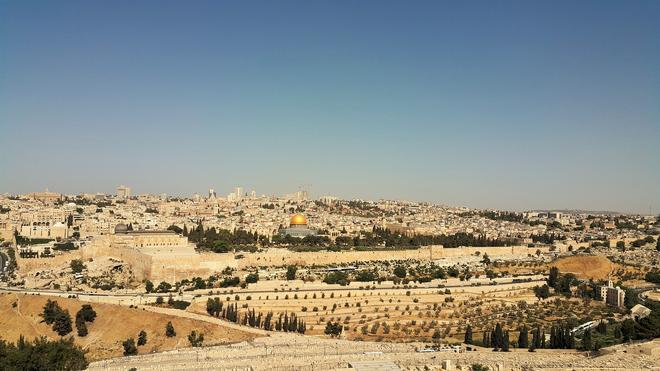
Untamed Tel Aviv
Tel Aviv is considered the capital of the Jewish state by most countries in the world, which is why they have their embassies here. Founded in the early 20th century, it is especially popular with Israeli youth for its wild clubs and bars, as well as its beaches, where meeting young Jewish women in mini bikinis is certainly not unusual.
The city is growing very fast and attracts Israelis with its modern lifestyle as well as its very tolerant and open environment – for example, it hosts one of the largest Gay Pride celebrations in the world. Despite occasional negative media reports, the security situation in both cities is very good. The most a tourist can worry about is where to find the best hummus or falafel.
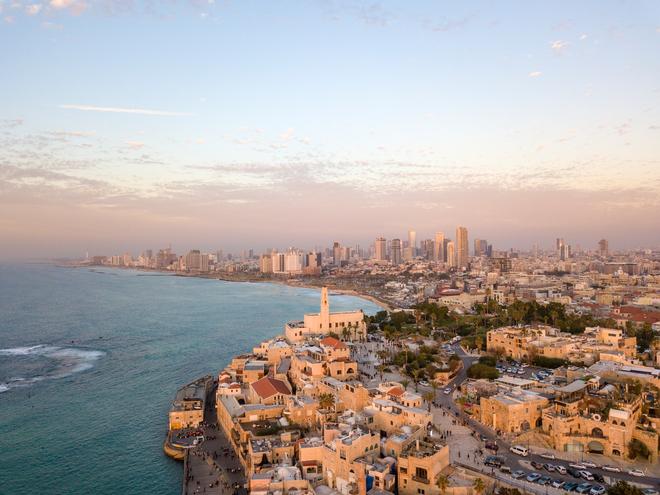
Jerusalem: the crossroads of the history of three world religions
Golgotha and its Temple of the Holy Sepulchre are the site of one of the most powerful stories of Christianity. Thousands of pilgrims head here every day. If you arrive in the early morning, you can enjoy the temple almost alone. The shrine is administered by six different churches, and due to the constant disputes between the different denominations, after the conquest of the city, the warlord Saladin confirmed members of the Muslim Nuseibeh family as doorkeepers of the temple, who unlock the shrine every day. In 1187, he then entrusted the key to the shrine to the Joudeh Al-Goudia family, who guard it. Both families continue to perform their duties to this day. This too is the essence of Jerusalem, where Jews, Muslims and Christians have lived in mutual symbiosis for centuries.
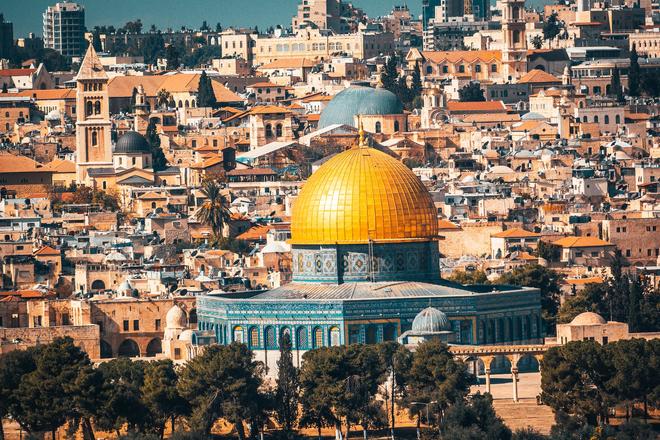
The Wailing Wall and Holocaust Museum
The Wailing Wall is the holiest site in Judaism. The remnant of the Second Jewish Temple is a true symbol for the history of the Jewish state. Thus, you will see a photograph of Israeli paratroopers occupying the holy site in 1967 practically everywhere. Remember that the entire area around the wall is a synagogue, so it is advisable to behave with appropriate humility.
Another of the city's symbols is the Dome of the Rock on the Temple Mount, whose golden dome shines like the crown of Jerusalem. But the most important structure on the summit is the al-Aqsa Mosque – a nondescript building with great religious significance. If you plan to visit the Temple Mount, inquire as soon as possible about how open the access road is. This is because the only possible entrance for non-Muslims is the Mughrabi Bridge, which is controlled by Israel, and the "working" hours of the inspectors can change unexpectedly.
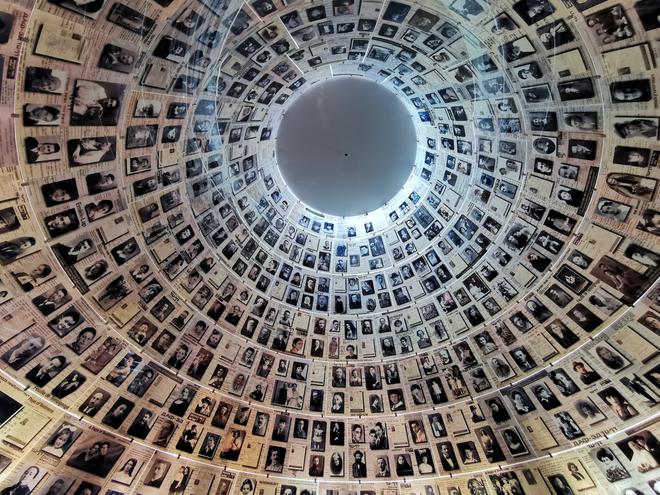
Every politician and tourist should visit the memorial to the greatest Jewish catastrophe. The modern Yad Vashem Holocaust Museum presents the history of anti-Semitism in Europe and its consequences during the Second World War. The exhibition also includes a catalogue of all the victims of Jewish families from around the world.
The Old City of Jerusalem full of real life
Don't be afraid to venture into the alleys of the Muslim part of Jerusalem. Few people come here, and yet the real life of the city can be found here. While the Jewish, Armenian and Christian districts have been greatly transformed by tourism, the Arab part is still home to ordinary people. There are schools and shops serving the people of Jerusalem.
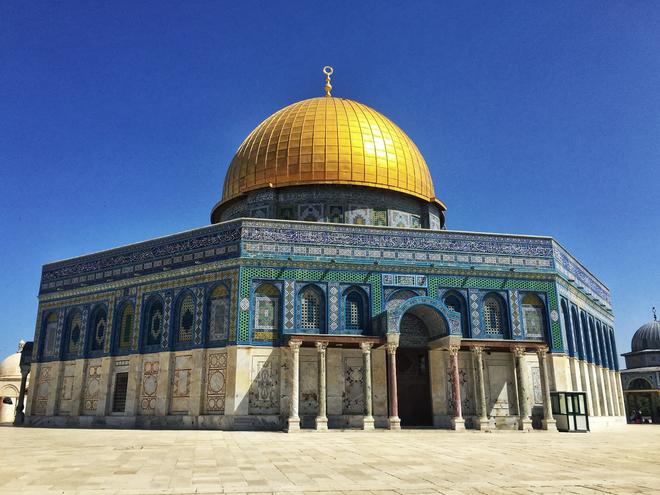
There is nothing to worry about, at most you will spend a shekel on a great meal. Just a short walk from the bus station, on the very edge of Jerusalem, is the old Arab village of Lifta, or what's left of it. Its inhabitants fled in 1948 during the Israeli War of Independence and nothing has changed since. Its uniqueness lies in the fact that it is the only untouched village in all of Israel. The rest have been demolished or absorbed by development. So if you want to walk through the first half of 20th century Palestine, this is your chance.
Shopping, food and accommodation
Shopping at the Mahane Yehuda Market is a little walk across the Middle East. Jews who left various Arab and other Islamic countries for Jerusalem after 1948 settled here. You will meet vendors from Iraq, Iran, Morocco, Yemen and other countries. The variety is reflected in the goods on offer, and tasting everything from olives to sweets is commonplace.
Many cafes and restaurants can be found in Jerusalem. For example, just outside the Damascus Gate, a "no-name" tea shop huddles among the shops, but serves great Arabic coffee, excellent tea and hookahs. Local men come here to chat and watch football.
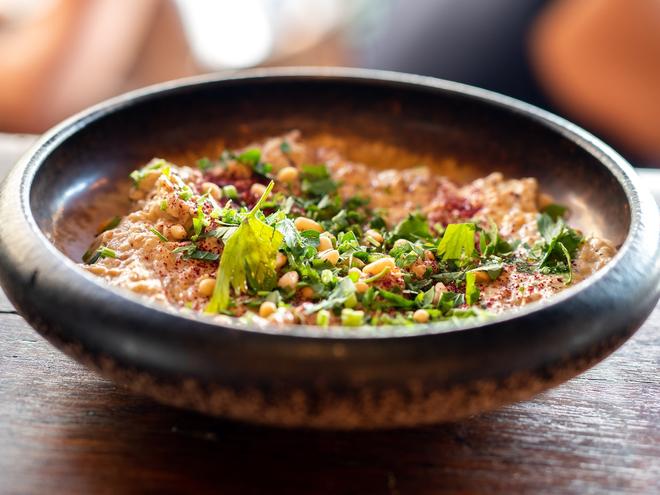
Hummus, falafel and shawarma are part of the town's colour, offered in almost all the restaurants here, but the best are found at the small street vendors who hide in the twisting old alleyways. It's worth cutting back a little on comfort and staying right in the heart of the Old Town. The hostels there offer double rooms and the chance to blend into the city's atmosphere. Some of the most popular accommodations include the Cinema Hostel or the Stay Inn Hostel.
